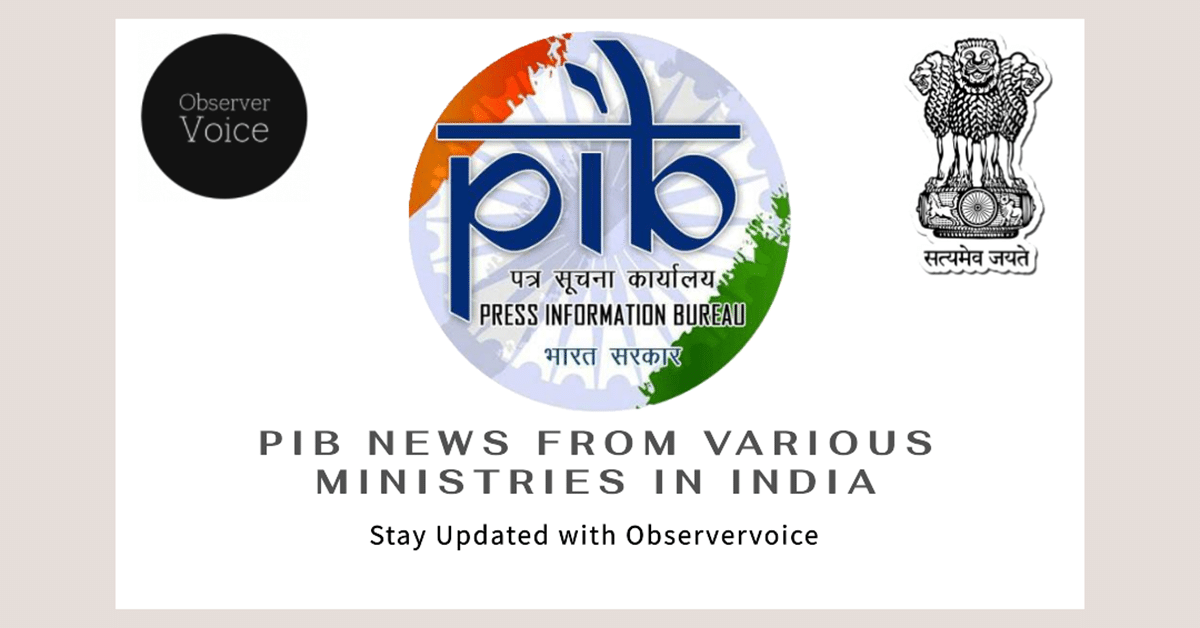Industrial Development Initiatives in India

The Government of India is actively working to enhance the industrial landscape of the country. Through various initiatives and schemes, it aims to create a robust ecosystem for industrial growth. The Department for Promotion of Industry and Internal Trade (DPIIT) plays a crucial role in this endeavor. It collaborates with other central ministries and departments to implement policies that facilitate industrial development. Key initiatives such as Make in India, Startup India, and the National Industrial Corridor Programme are designed to attract investments and promote new industries across states and union territories. This article explores the government’s efforts in industrial development, focusing on specific projects and schemes that are shaping the future of Indian manufacturing.
Key Initiatives for Industrial Growth
The Indian government has launched several initiatives to foster industrial growth. Programs like Make in India and Startup India aim to boost domestic manufacturing and encourage entrepreneurship. The Production Linked Incentive (PLI) Scheme is another significant initiative that incentivizes companies to increase production in various sectors. Additionally, the government is focused on improving the Ease of Doing Business (EoDB) by reducing compliance burdens and streamlining processes.
The National Single Window System (NSWS) and the India Industrial Land Bank are also vital tools in this strategy. They provide a centralized platform for businesses to access information and resources needed to set up operations in India. Furthermore, the liberalization of Foreign Direct Investment (FDI) policies has made it easier for foreign investors to enter the Indian market. The establishment of Project Development Cells (PDCs) in various ministries ensures that investments are fast-tracked, making the country an attractive destination for industrial development.
Development of Industrial Corridors
As part of the National Industrial Corridor Development Programme (NICDP), the Indian government is developing several industrial corridors. These corridors aim to create greenfield industrial areas that can compete globally. One notable project is the Shendra-Bidkin Industrial Area (SBIA) in Maharashtra, which spans 4,584 acres. This project is part of the Delhi-Mumbai Industrial Corridor (DMIC) and has already attracted significant investment. The Maharashtra Industrial Township Limited (MITL) has been established to oversee the development, and major infrastructure works have been completed.
Another significant project is the Dighi Port Industrial Area, which covers 6,056 acres in Raigad district. This project is expected to generate approximately 100,000 jobs and attract investments of around ₹12,000 crores. These industrial corridors not only enhance manufacturing capabilities but also create employment opportunities, contributing to the overall economic growth of the regions involved.
Support for Specific Sectors
The government has also introduced sector-specific schemes to bolster industrial development. The Indian Footwear and Leather Development Programme (IFLDP) is one such initiative, with an allocation of ₹1,700 crores until 2026. This program supports technology upgrades and the development of clusters for leather footwear and accessories. For instance, the Mega Leather Footwear and Accessories Cluster Development project in Maharashtra has received government assistance to promote local manufacturing.
Additionally, the government has implemented the Industrial Development Scheme (IDS) for regions like Jammu & Kashmir, Himachal Pradesh, and Uttarakhand. These schemes provide financial incentives to encourage industrial growth in these areas. The total funds released under these schemes demonstrate the government’s commitment to fostering industrial development across diverse regions of India.
Observer Voice is the one stop site for National, International news, Sports, Editor’s Choice, Art/culture contents, Quotes and much more. We also cover historical contents. Historical contents includes World History, Indian History, and what happened today. The website also covers Entertainment across the India and World.

